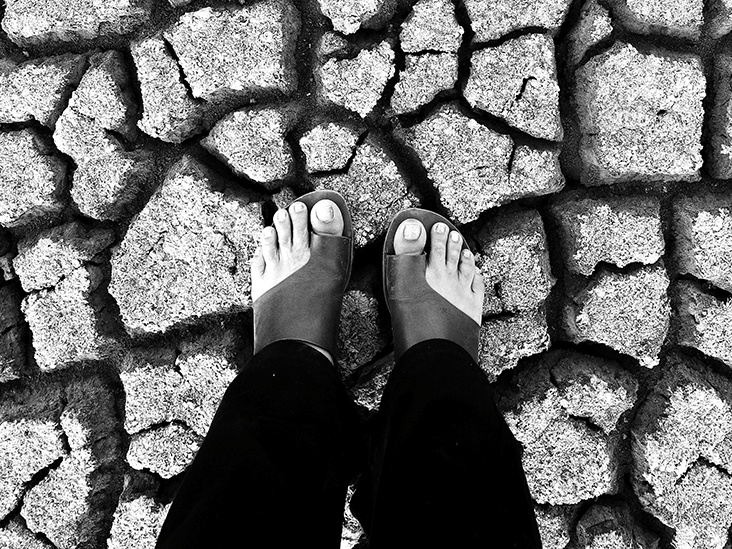We include products we think are useful for our readers. If you buy through links on this page, we may earn a small commission. Here’s our process.
Dehydrated and dry skin are terms that people sometimes use interchangeably. However, dehydrated skin lacks water, whereas dry skin lacks oil.
Dehydrated and dry skin may cause some similar symptoms, but there are some distinct differences in how a person’s skin will appear and how they will treat their skin.
However, as dry skin lacks moisture, it can also be a sign that the skin is dehydrated.
This article explores the main differences between dehydrated and dry skin, how to test whether the skin is dehydrated, causes, treatments, home remedies, and preventions for both.
The causes of dehydrated skin vs. dry skin can differ based on factors such as:
Dehydrated skin is a condition that causes the skin to become dry due to a lack of water. Dehydration usually results from inadequate fluid for the body to perform all its usual functions.
Dehydration occurs when more water and fluids leave the body than enter it. With less water, the body must prioritize supplying the organs to support necessary functions, directing
Aside from drinking less water, dehydration may also result from:
Dry skin is a skin type and occurs when the skin lacks oil.
The stratum corneum is the outermost layer of skin. It provides a barrier, keeping water in the body and stopping harmful compounds penetrating from outside the skin. Dry skin is due to abnormalities in the function of the stratum corneum.
Factors that contribute to dry skin can include:
Read more about the skin and its function.
Testing for dehydrated skin can involve a professional test at a clinic, but there is a simple pinch test that a person can use to check their skin hydration levels at home.
The pinch test uses skin elasticity to check for hydration. Take a section of skin on the back of the hand or the cheek with two fingers and squeeze it lightly. If it bounces back within 3 seconds, the skin will likely have the expected hydration levels. If it does not, the skin is likely to be dehydrated.
When people have dehydrated skin, taking a professional skin test before and after treatment can be a
One type of medical test is a corneometer, an efficient, noninvasive tool that assesses the skin’s surface. Unlike the pinch test, which only shows if the skin is or is not hydrated, a corneometer uses a scale to determine skin hydration levels.
While there can be some overlap, symptoms of dehydrated and dry skin differ in both appearance and texture. For example:
The treatments for dehydrated and dry skin vary based on the product’s ingredients.
A person can consult a dermatologist if they have any concerns about the most suitable product for their skin.
If a person does not have enough water in the body, they may experience dehydrated skin. Therefore, the best way to treat dehydrated skin at home is to drink more water. A person may also want to try getting additional hydration from electrolytes.
A person can also apply water-based moisturizers that can provide relief externally. These products are available online.
Read more about the differences between hydration and moisture for skin.
The main method of treating dry skin at home is to use moisturizers, emollients, or lotions. There are many products that people can purchase in shops or online.
Some raw ingredients can help soften the skin. One example is coconut oil, which a person can apply to dry areas to add moisture.
Learn the best lotions for dry skin.
Most prevention methods for dehydrated skin focus on maintaining conditions within the body, whereas preventing dry skin focuses more on external factors.
Staying hydrated can help to prevent the skin from becoming dehydrated. As well as drinking water regularly, a person can minimize the chances of dehydrated skin by:
Read more about the benefits of drinking water.
Dry skin may crack, making it easier for infection to occur. Applying an antibacterial cream to areas with greater exposure can reduce this risk.
Methods of preventing dry skin include:
Read on for the recommended frequency of showering and bathing.
People often consider dry and dehydrated skin to be the same. However, dehydrated skin is a condition that results from not having enough fluid in the body, whereas dry skin is a skin type that can have various causes.
To prevent and treat dehydrated skin requires a person to remain hydrated and apply water-based products. Whereas treatment for dry skin is external, a person is more likely to use oil-based products.
Last medically reviewed on April 28, 2022
5 sourcescollapsed
OUR BRANDS
